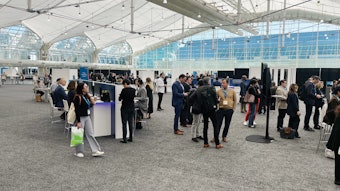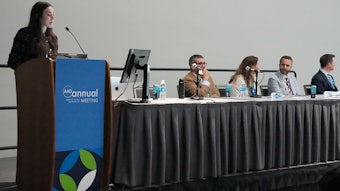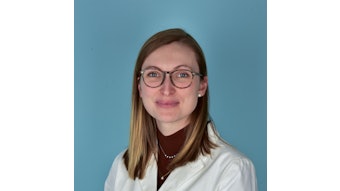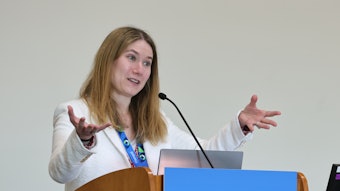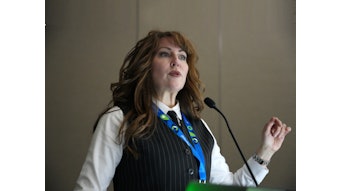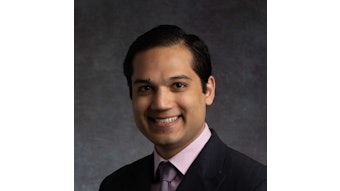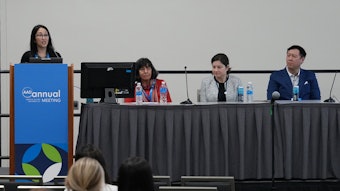Science! Harnessing technology
Telehealth and AI could make life easier for dermatologists and patients.
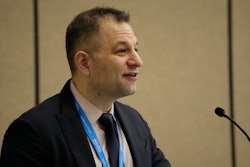
The COVID-19 pandemic changed the way the medical community looks at technology in many ways. For dermatologists who were suddenly unable to see patients in person, telehealth became a popular option and, for some, a lifeline.
Jules Lipoff, MD, FAAD, clinical associate professor at the Lewis Katz School of Medicine at Temple University, said the pandemic provided a perfect experiment in telehealth that will have reverberations for the profession going forward.
“I think dermatology has seen a long-term effect,” he said. “Only 14% of dermatologists had used telemedicine before [the pandemic], and 97% of dermatologists had after. That experience is invaluable in designing models of care that can serve the interests of patients and physicians alike.”
A new push for technology
Now that the pandemic is over, Cory Simpson, MD, PhD, FAAD, assistant professor of dermatology at the University of Washington in Seattle, said dermatologists need to get into a post-pandemic mindset of using technology to restore efficiency and joy to the practice of medicine.
“We’ve gotten over the hump with learning how to use this technology, but how do we make it more efficient and use it to lift the burdens off the physicians and make it more accessible to patients?” he asked.
That was one of the primary questions addressed in the March 8 session, S006 – Technology in Dermatology: Tailoring Solutions to Your Practice and Optimizing Joy and Impact.
Engaging with all patients
George Han, MD, PhD, FAAD, associate professor of dermatology at Hofstra University’s Zucker School of Medicine in Long Island, New York, said telehealth was a lifeline during the pandemic for both patients and practices alike, but now that it’s over, most practices are returning to business as usual. That, he explained, means there needs to be a new force driving the growth of telehealth.
“We really have to emphasize programs that mature the technology, harnessing the ability of technology to make us more efficient or productive as physicians,” he said. “That’s where I think the future of telehealth lies. Not in the easy fixes, but rather in purpose-built dermatology solutions that help some aspect of our practice management.”
Dr. Lipoff said telehealth could be an important tool in increasing access to care for populations that are underserved across the country, such as more rural areas where care, particularly by specialists like dermatologists, isn’t readily available. However, there are still some challenges to be addressed before that can happen.
“Not all patients have equal access to high-speed internet — something termed the ‘digital divide,’” he said. “Also, most platforms are in English only and may cater to certain demographics. I think we should continue to find ways to meet patients where they are. For example, find ways to streamline simple visits such as medication renewals and simple check-ins.”
AI efficiency
That could be where artificial intelligence (AI) and augmented intelligence (AuI) come into play. Dr. Simpson believes AI technology can help dermatologists manage their practice in a more efficient way, including electronic medical record documentation or completing insurance authorizations.
“The question now is how do we use technology to reduce burnout,” he said. “Physicians are feeling overworked. We just got through the worst part of a pandemic where practicing medicine was so challenging, but now how do we use this technology to make our practices less burdensome?”
One way that may happen, according to Dr. Lipoff, is for AI and AuI to take on a support role to enhance dermatologists’ ability to function as physicians.
“AI platforms may be able to help physicians better triage cases, or amplify differential diagnosis or treatment support options, or help produce patient handouts and education,” he said. “The important thing is not to think about AI in terms of man vs. machine, but to see how these programs may allow doctors to spend more of their time doing the part of medicine they enjoy the most — the human-specific tasks and connections that no AI can replace.”
Dr. Han agreed, adding that the dermatology community must take the lead in deciding how AI and AuI could fit into — and benefit — their profession.
“If we ignore AI and AuI, we’ve seen again and again that there are people in the business world very much willing to make a quick buck from a person with a dermatologic complaint,” he said. “That’s the part that could be a little more worrisome. I think it’s up to us to determine what are rational places to implement some AI, in small steps.”


